Pack The
Future
2023
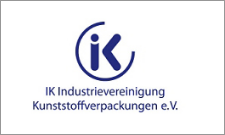

Categories for the Award Pack The Future 2023
This year the award is given in 6 categories.
Design for Reuse
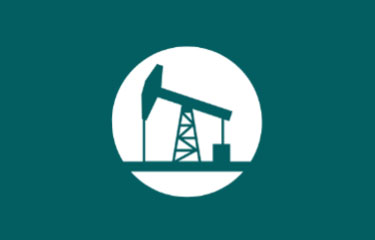
Design for Reuse aims to reduce the production of packaging promoting new habits of reuse for the same or another application. These packaging contribute to avoid single use plastics and therefore the environmental impact of the production and treatment of end-of-life waste.
Design for sustainable material sourcing and recycled content

Design for sustainable material sourcing addresses the way raw materials are extracted and processed before they are used in packaging materials. Relevant negative environmental impacts can occur in these processes, such as unsustainable use of natural resources, damage to sensitive ecosystems and biodiversity, or pollution of air, water and soil. In addition, the question of how and by whom these processes are carried out is often closely linked to the living and working conditions of the people who live in the raw material extraction regions. This can, for example, also affect conflicts over land use between raw material extraction and food production.
Bio-based polymers and other bio-based materials are often selected because they can reduce the use of non-renewable resources for packaging materials. However, especially for such raw materials, the aforementioned other environmental impact areas must be carefully considered in each case.
The use of recycled polymers also helps to reduce the use of non-renewable resources. However, even if the possible further environmental problems mentioned at the beginning do not play a role here, they should of course also be included by suppliers,
who offer transparency with regard to the origin of the recycled raw materials and who guarantee good conditions with regard to social and environmental aspects.
Since in practice it is hardly feasible to trace all input materials back to the origin of the raw material, this guideline focuses on the strategy element design for sustainable material procurement on the use of
• Input materials from responsibly managed suppliers
• Bio-based material from sustainable sources
Design for recycling
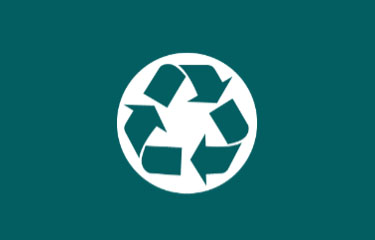
Design for recycling aims to support the recovery of packaging materials for further use. Among other environmental benefits such as saving fossil resources, this significantly contributes to reducing the emission of greenhouse gases responsible for climate change.
In the event that not all packaging components can be recycled under the existing conditions of the installed recycling infrastructure, at least the energy content should still be used for heating or other energy supply purposes.
A prerequisite for effective plastic packaging recycling is the existence of a well-developed waste collection and recycling infrastructure that includes sorting of plastic packaging for appropriate further treatment. However, even in countries where such infrastructure is currently lacking, recyclable design solutions can stimulate investment in appropriate collection, sorting and recycling infrastructure.
In the European Union, a policy framework has been established that aims to implement such waste collection and treatment structures across Europe in support of the overall goal: A circular economy that closes the loop on products and materials, covering packaging and packaged goods alike.
Design for recycling can unlock the existing potential for increased recycling rates and closed-loop recycling.
Design for environmentally sound use and disposal
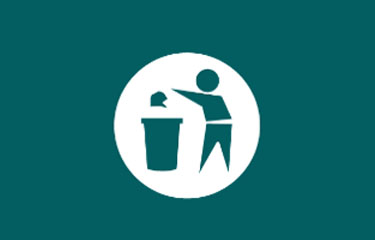
Design for environmentally sound use and disposal: The accumulation of plastic residues in the (marine) environment has gained high public awareness. Some of these residues originate from carelessly discarded plastic packaging (“littering”). This can be whole packaging as well as packaging parts such as closures, lids or even remnants of packaging that decompose in the environment.
Possible approaches to help prevent littering in design include:
• Mindful product design, where littering of small, easily lost packaging parts is prevented as far as possible
• well-understood consumer communications with clear messages about the need for proper disposal.
Other potential environmental problems arising from the use phase of packaging include unintentional leakage of possibly problematic contents or spoilage of the packaged goods due to inadequate resealing of the packaging after initial opening.
The fate of parts of the contents that cannot be removed from the packaging or can only be removed with great difficulty is also problematic from an environmental point of view. In this way, the filling goods produced with a corresponding input of resources are lost and this can have a relevant impact on the recycling of the packaging materials.
Specific approaches to address these aspects are a design for a
• safe resealability
• easy portioning and residual emptiability
Design for Product protection
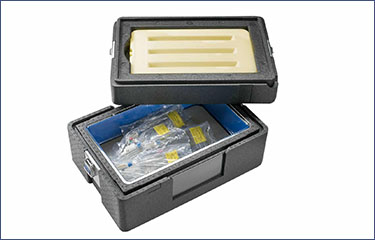
An innovation that improves the protection of the packaged goods from the moment of production/packaging to the end user. Candidates should demonstrate in detail how their packaging reduces or prevents product damage or spoilage during shipment or product display on the shelf. The packaging can also help the end user to better store, use and consume the product.
Examples: extending the shelf life of the product, reducing or dispensing with preservatives, little or no damage to the packaged product, user protection, etc.
•No or less damage to the contents,
• integrity of the packaging,
• tamper evidence, user safety
• Package integrity throughout the life cycle of the product (e.g., mechanical strength, puncture resistance, impact resistance,
• Physico-chemical improvement of product protection (e.g. better gas barrier properties, good insulation properties etc.)
• Optimization of product transport and storage (e.g., better stackability, dosing, etc.).
Design for Consumer benefit / convenience
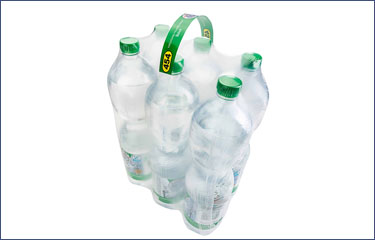
An innovation that meets the current consumption habits and trends of consumers as well as the new consumption requirements of target groups such as children, seniors, families, etc.
Examples are criteria like:
• Consideration of new consumer trends and habits of today’s users and
needs of the companies
• Takes into account consumption habits of special target groups such as children, elderly, families, people with disabilities….
• better storage
• Ecological design for out-of-home consumption (to-go).
• Social benefits (correct dosage, easy or safe opening, better storage.
• Improved usage (e.g., convenient and practical solutions, good feel, better storage solutions)
• Avoidance of waste, accurate dosage, adapted to the correct use of the product,
• resealability
• Packaging security (e.g. unbreakable, tamper evident, etc.)
• Product protection level (e.g., freshness preservation, no or lower damage rate).